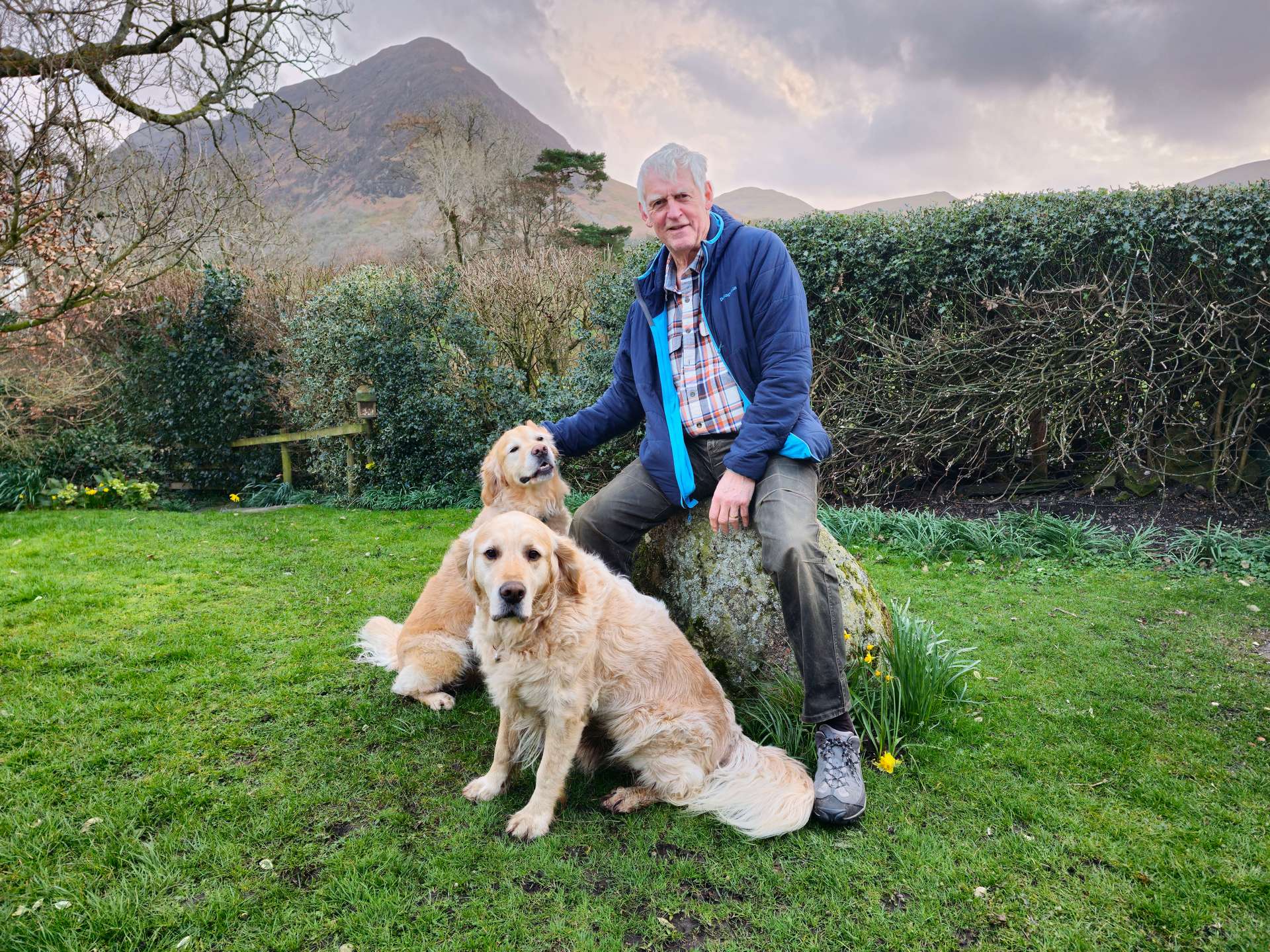Wainwright in Loweswater
Article by Chris Butterfield
As Wainwright approached the hamlet of Loweswater for the last time in the early autumn of 1965, I wondered if he felt both relieved and saddened, knowing his 13-year guidebook odyssey would soon be coming to an end. Perhaps he lingered on the final fell, Starling Dodd, longer than he intended, with the realisation that he may never return to these parts again.
It couldn’t have been easy when Wainwright began compiling the data for the seven-volume Pictorial Guide to the Lakeland Fells between 1952 and 1965. Not only was he working full-time as Kendal Borough Treasurer, but he also couldn’t drive. This meant spending every weekend travelling to the fells on buses. There wouldn’t have been as many bus services as today, and several fells in the western region would have been tough for Wainwright to reach without a car.

In 2021, I acquired several letters penned by Wainwright in 1965/6 to his friend Mr Kirkby. Whilst reading them, I was surprised to see Wainwright’s admission to using taxis to complete The Western Fells guidebook. He didn’t seem pleased that he had to resort to help but took it in good humour. These letters left me with unanswered questions. Was he referring to paid taxis or lifts from a friend, and where did he travel from and to?

I contacted the previous owner of the letters, Dot Tudhope from Cumbria, who confirmed Wainwright referred to ‘paid’ taxis. Dot acquired the letters in 2014 from her friend Ena Davison, who lived in a residential home in Keswick for several years before she died in 2016. Dot recalls Ena saying Mr Kirkby was a bank manager from Keswick and her walking partner for many years. Mr Kirkby was also Wainwright’s walking partner, and he gave Ena his Wainwright letters before he died in the latter half of the 1980s.
Recently, I had lunch with author and photographer Sheila Richardson. She was a good friend of Wainwright, so I brought up the subject of him using taxis and showed her his letter. To my complete astonishment, she knew the story. During the late 1970s, Sheila gave a talk for the Women’s Institute in Lorton. There, she met Jeanie Hope, the general secretary of the Loweswater and Brackenthwaite show committee. They became friends, and Sheila regularly visited Jeanie at her cottage in High Lorton.

Jeanie was originally from Montana. She moved to West Cumbria in 1919 when she was just a baby to live with her grandparents. Jeanie married farmer William Hope, one of four brothers who farmed in the Loweswater area. They ran High Nook Farm for 25 years. Jeanie left the farm after William died in 1975 and moved to High Lorton. In 2002, she received an MBE in recognition of her services to the local community. Jeanie died in 2011 at the age of 92.
Sheila mentioned Wainwright to Jeanie, and to her surprise, Jeanie revealed that he’d been a guest at their farm on many occasions. As well as running a farm, William and Jeanie ran a bed and breakfast, which supplemented their income. “He was a very nice gentleman,” she told Sheila. Wainwright kept himself to himself and was treated like any other guest.
The farm was the perfect location for Wainwright to complete the fieldwork for the fells near Loweswater and Ennerdale, but how did he get there? The bus from Keswick only went as far as Seatoller. Jeanie had also told Sheila that Wainwright travelled to and from the farm by taxi from Keswick. The most likely route for a taxi from Keswick to Loweswater would have been through Whinlatter Forest.
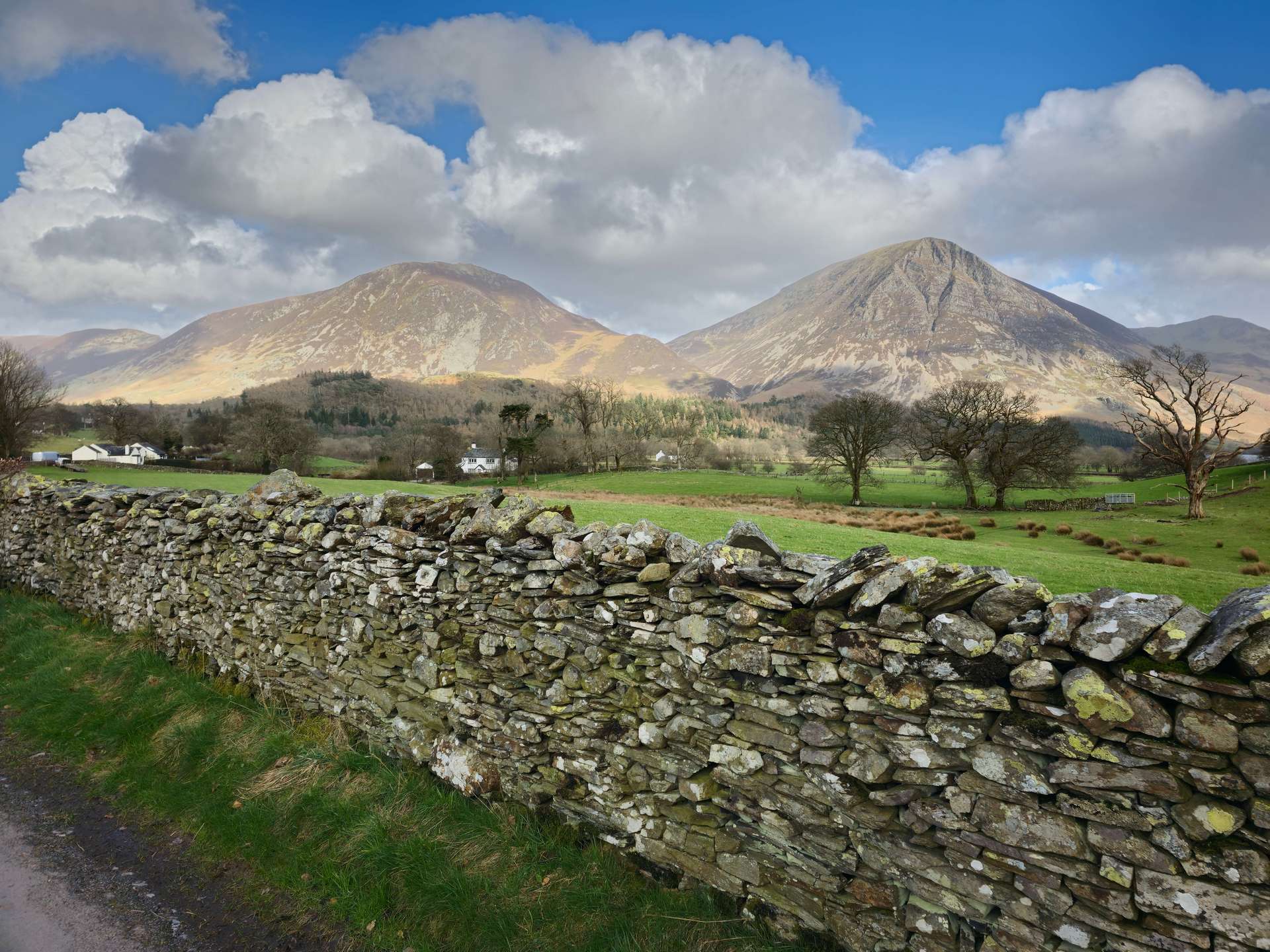
It was common knowledge throughout Loweswater that Wainwright stayed at High Nook. Combining that with Wainwright’s letter and Sheila’s conversation with Jeanie, a direct source, gave the story more weight. I tried to identify which taxi company Wainwright may have used. He was unlikely to reveal his identity to any driver, so this part of the story was always a long shot. Tom Davies and his wife Rene founded Davies Taxis of Keswick in 1965, the same year Wainwright travelled to Loweswater. The Davies family suspect Wainwright may have used more established taxis, such as John Harrison, whom I was unable to contact, or Harry Braithwaite, who had died.
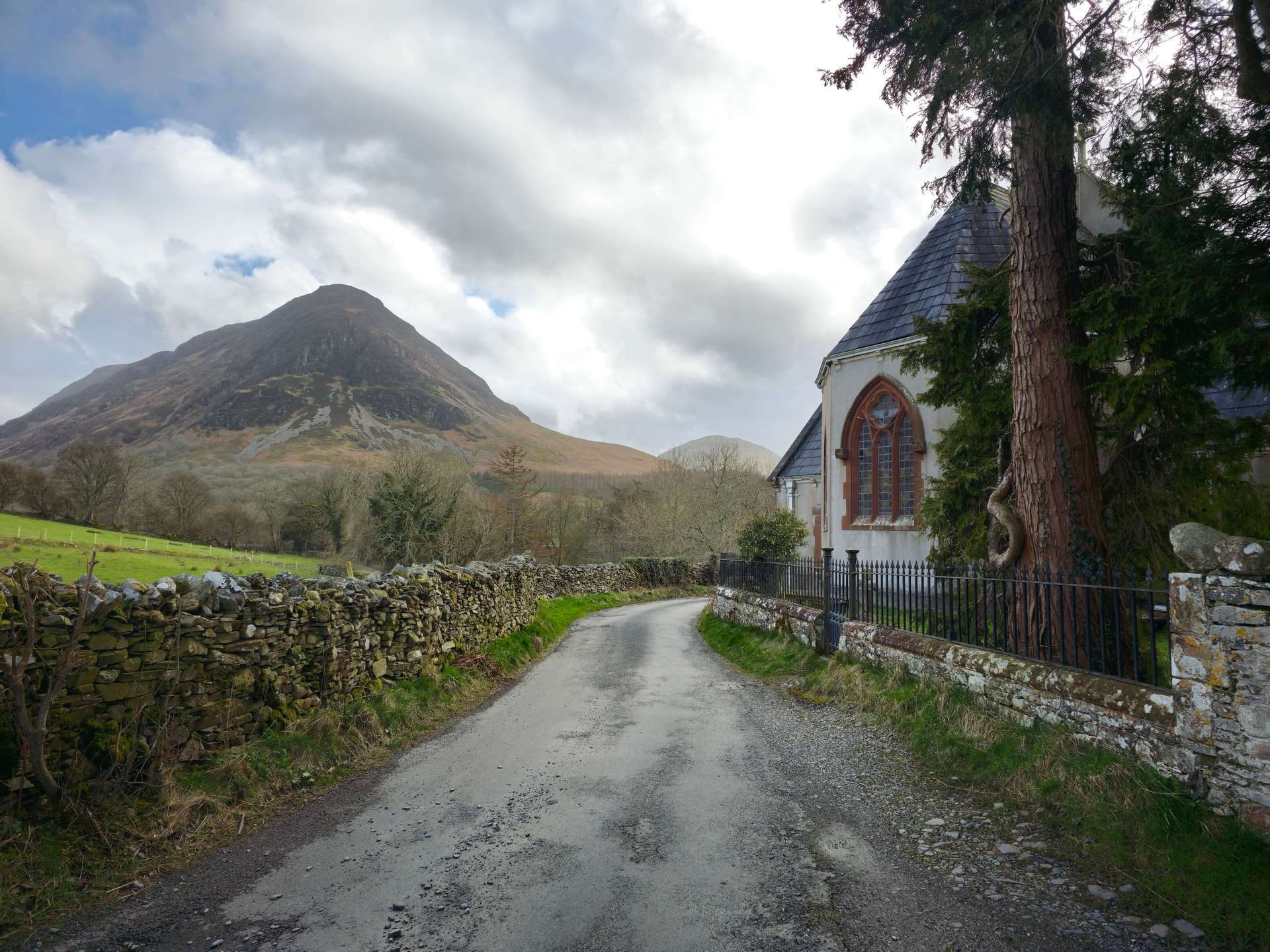
My next step was to visit High Nook Farm to see how it may have looked back in Wainwright’s day. I contacted a friend, Roger Hiley, who lives in a lovely old cottage near the centre of the village close to the farm. I explained my research to him, and he kindly agreed to walk with me and share his local knowledge. He also brought along his two lovely Golden Retrievers, Dylan and Dougal.
Roger and I set off for the farm in the early afternoon on a warm but windy day. As we walked, I was mesmerised by the beautiful scenery around me. No wonder Wainwright chose Loweswater as a base for his work. We soon approached the rough track by the beck that led up to the old farm where the late great fellwanderer once stayed. Back then, you weren’t required to book a room in advance. Weary travellers could simply knock on the door and be given a room in the main house.
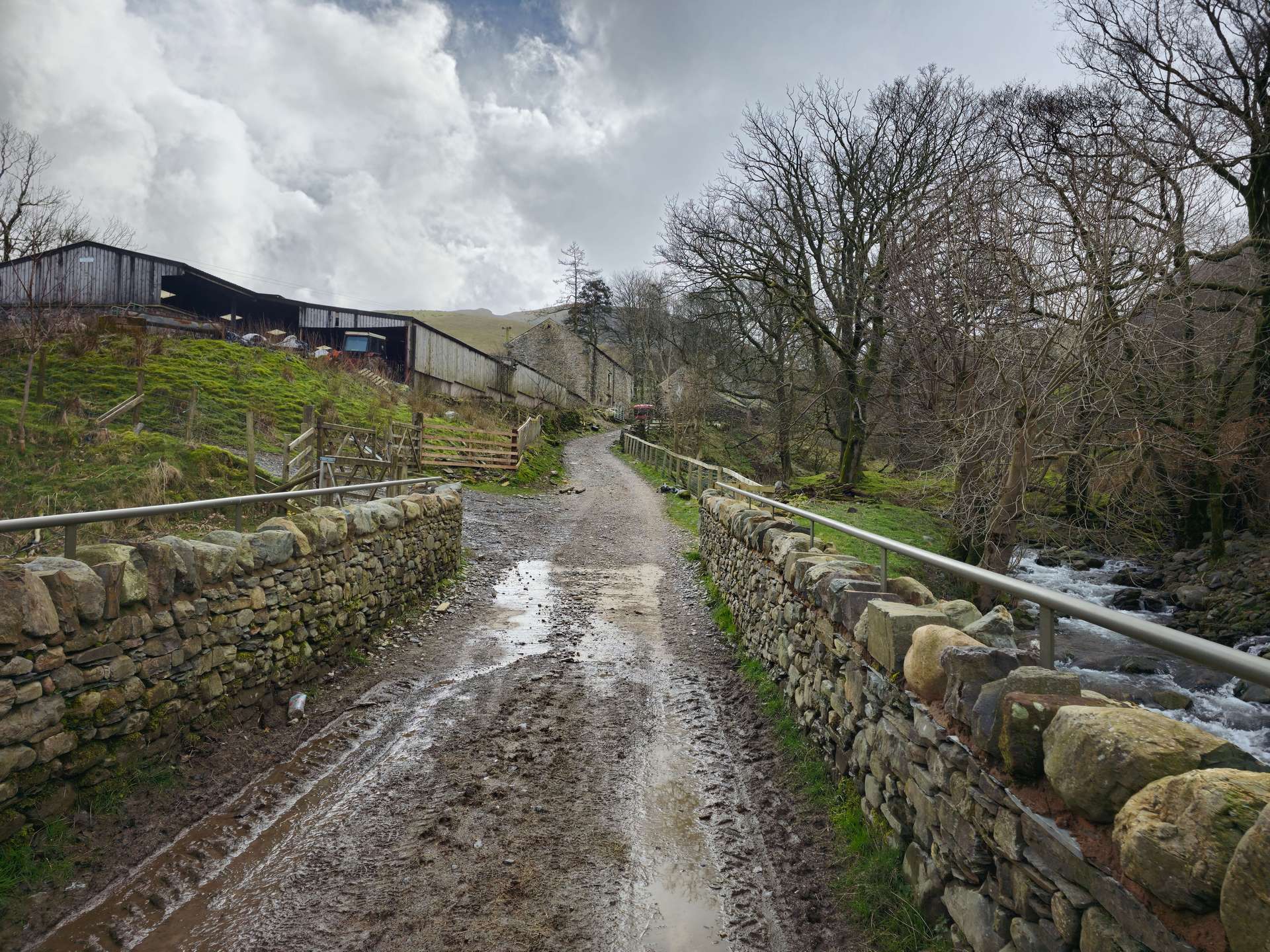
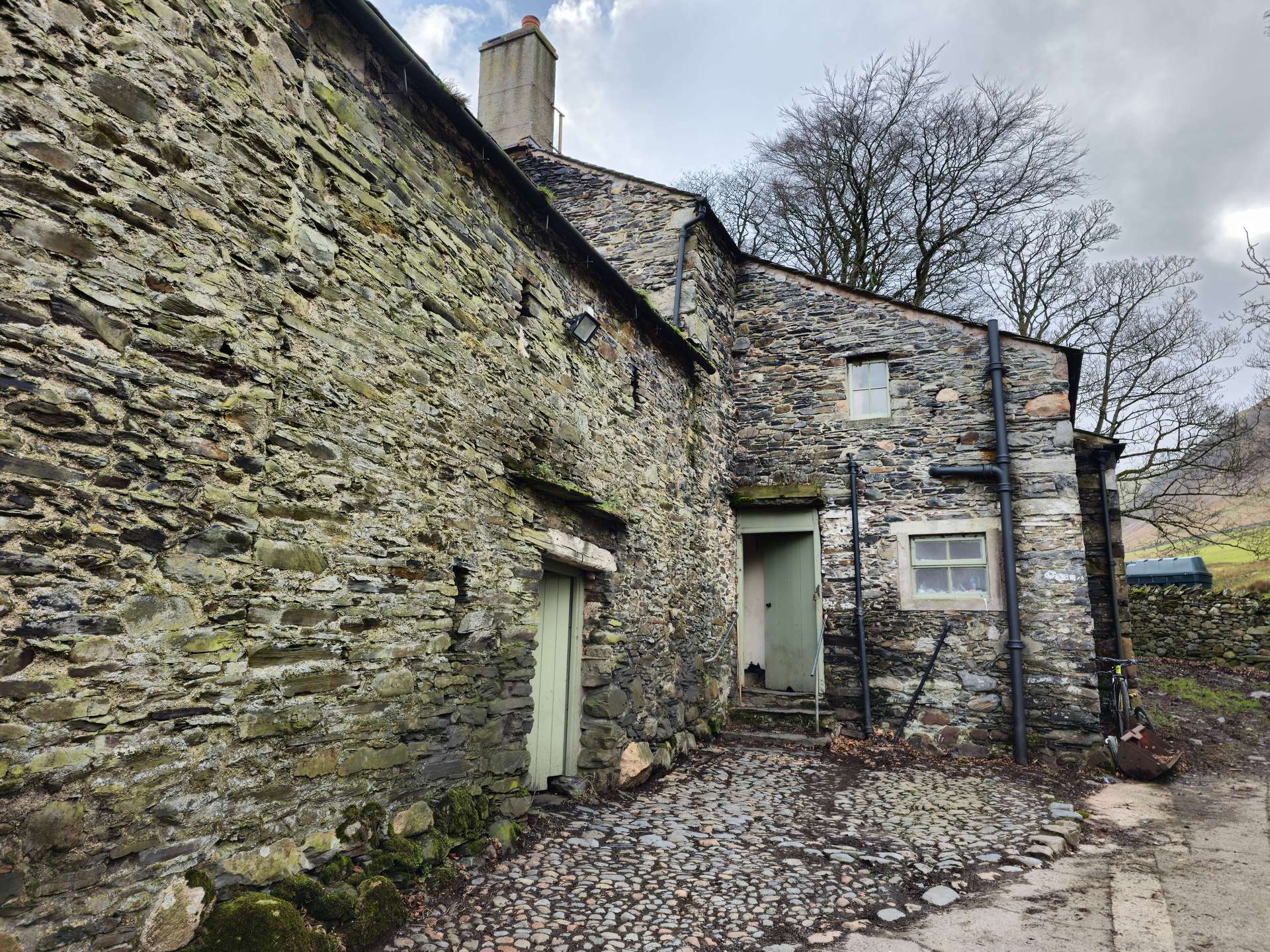
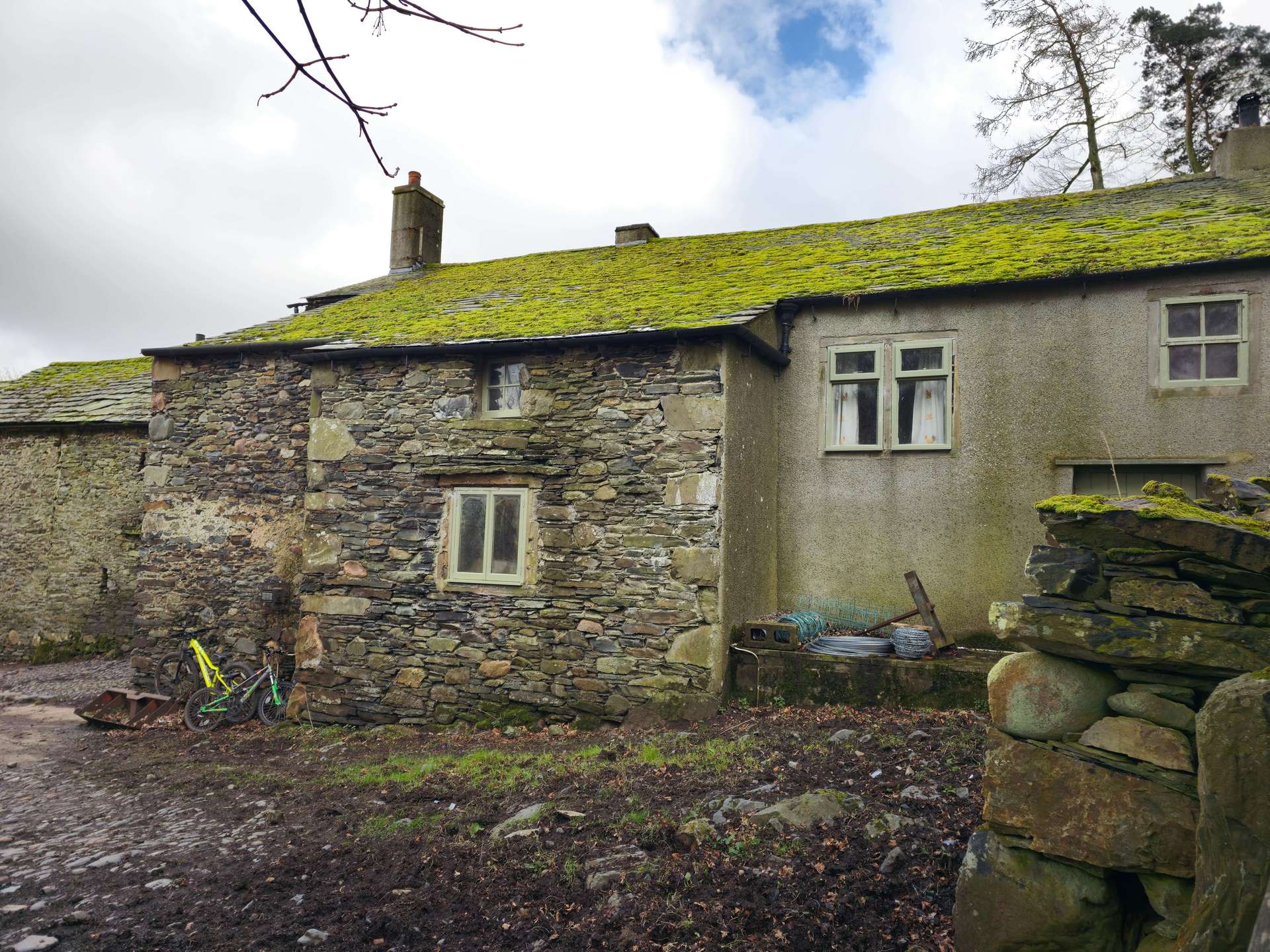
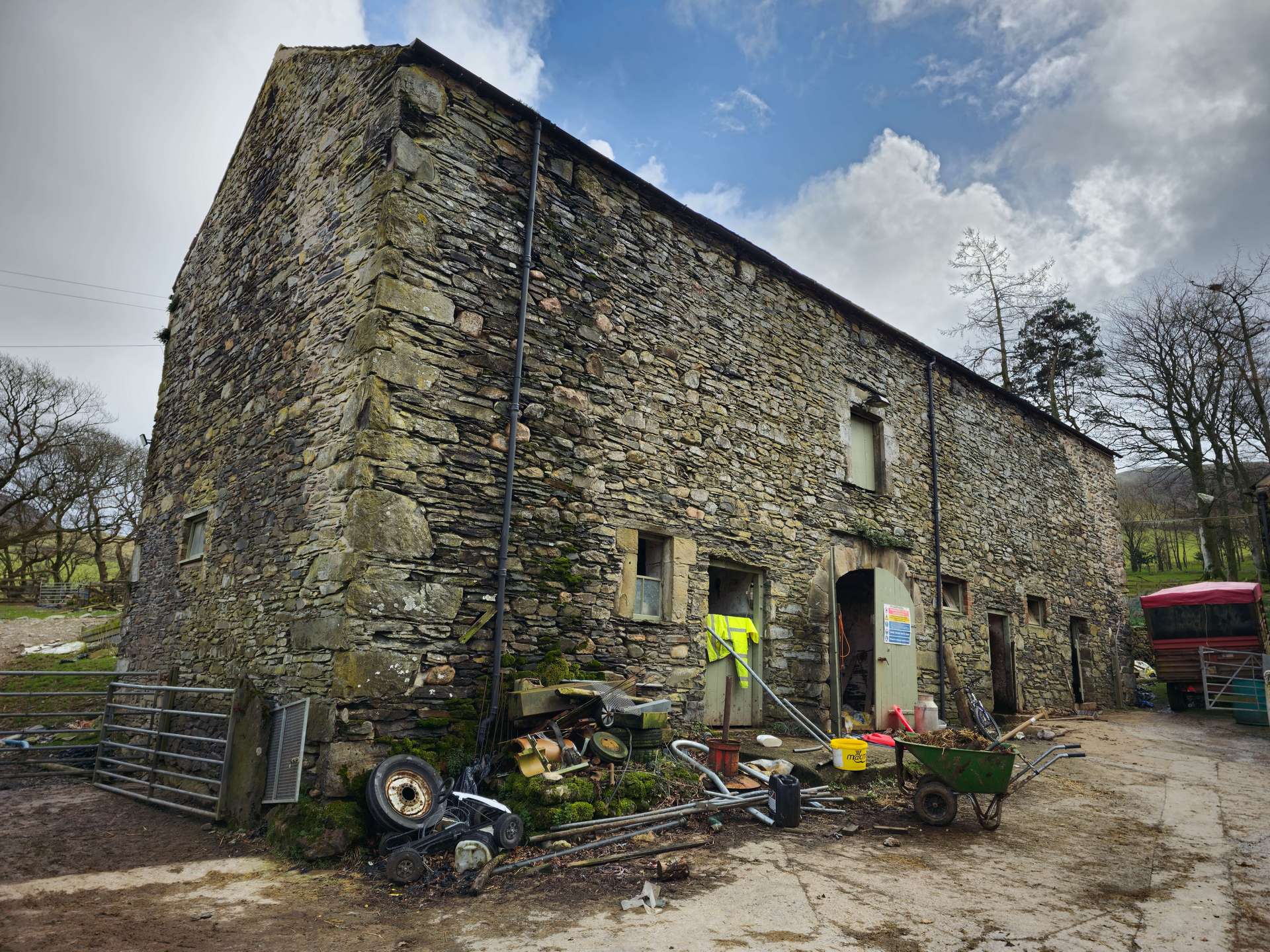
Carling Knott is the closest fell to High Nook, and surprisingly, not a Wainwright. However, it was considered for inclusion in Wainwright’s original notebook. Holme Wood is at the base of Carling Knott and has much history. It was replanted in the 1950s and designed in the shape of a pheasant by the Queen’s former Balmoral forester, Johnston Edwards MBE. The bird’s eye is comprised of larches. In autumn, the yellow leaves stand out against the green of the many other species of trees.
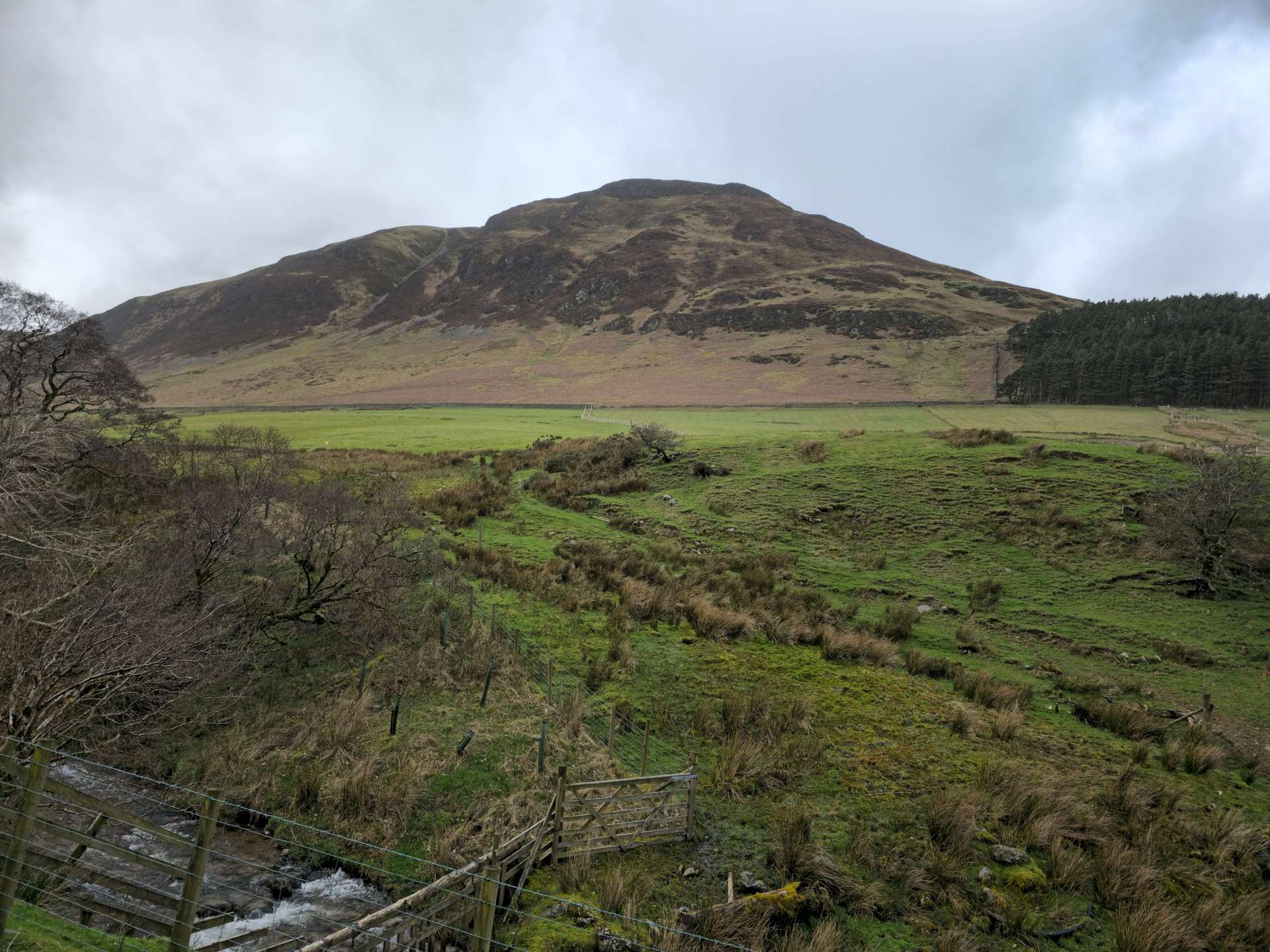
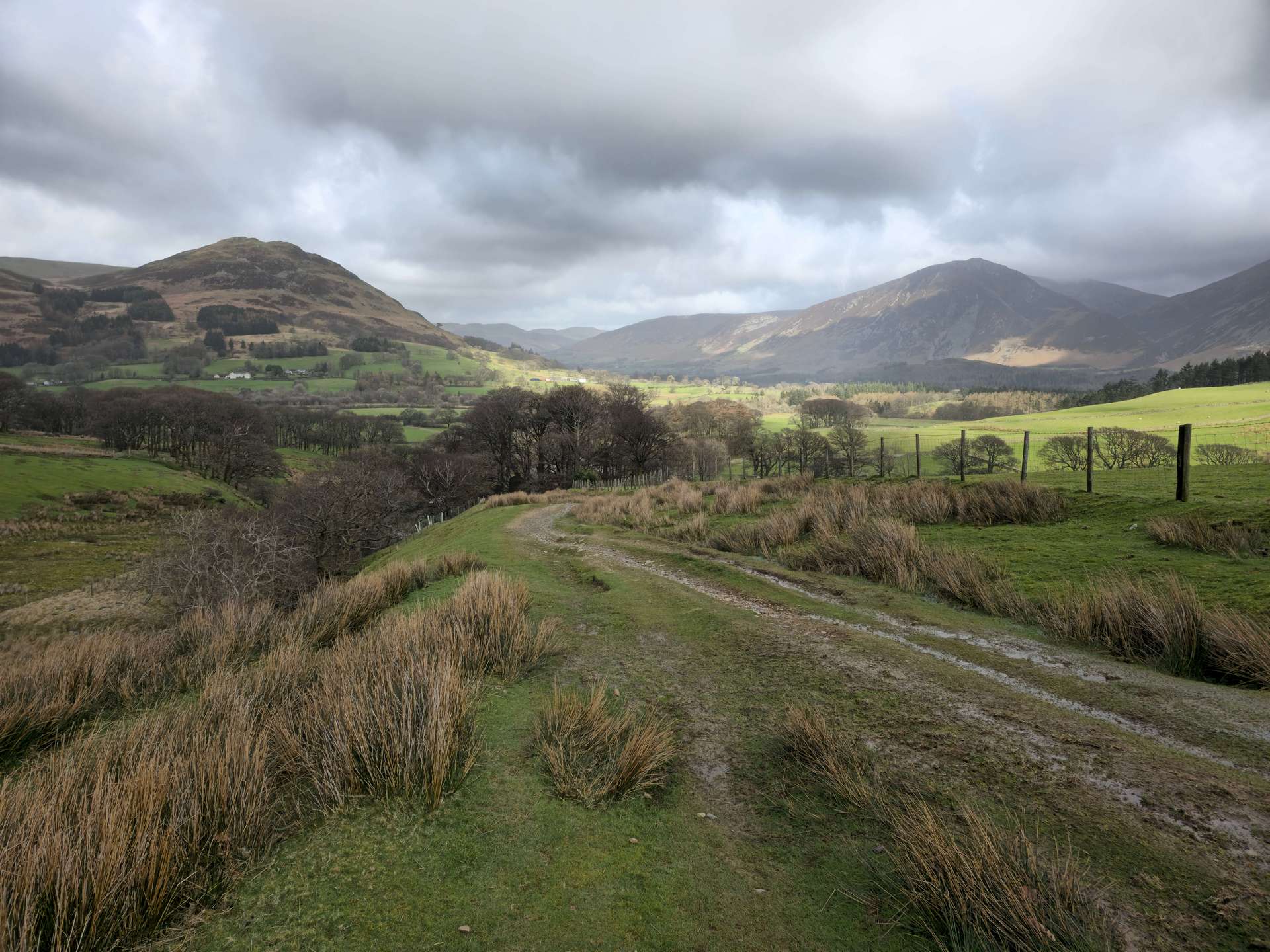
From High Nook, we headed north to the lake of Loweswater via Watergate Farm and then east to Crummock Water before returning to the cottage. Roger explained that until recently, the water from Crummock and Ennerdale was used to feed the local towns. However, due to the growing population in West Cumbria, Ennerdale Water was running low, endangering many rare and protected species, so the water is now piped in from Thirlmere.


While preparing to leave Loweswater, I reflected on my visit and wondered what Wainwright might have been thinking as he departed for the final time. My thoughts then turned to some of Wainwright’s comments in “Some Personal Notes in Conclusion” at the end of Book Two, The Far Eastern Fells. He had gracefully declined all the offers of hospitality and transport and was pig-headed enough to want to do it without help. Wainwright had written that almost a decade before he ventured into the Western Fells, and maybe it was too early to consider any potential problems ahead.
Thanks to Roger for his company and kind hospitality in Loweswater. His knowledge of the district helped me tie this story’s strands together. Years ago, Roger created a dedicated Lake District website I highly recommend visiting. Finally, a special thanks to Sheila Richardson, a friend of Wainwright who has been a vital source of information. She has kindly shared many Wainwright-related stories, for which I am truly grateful.
